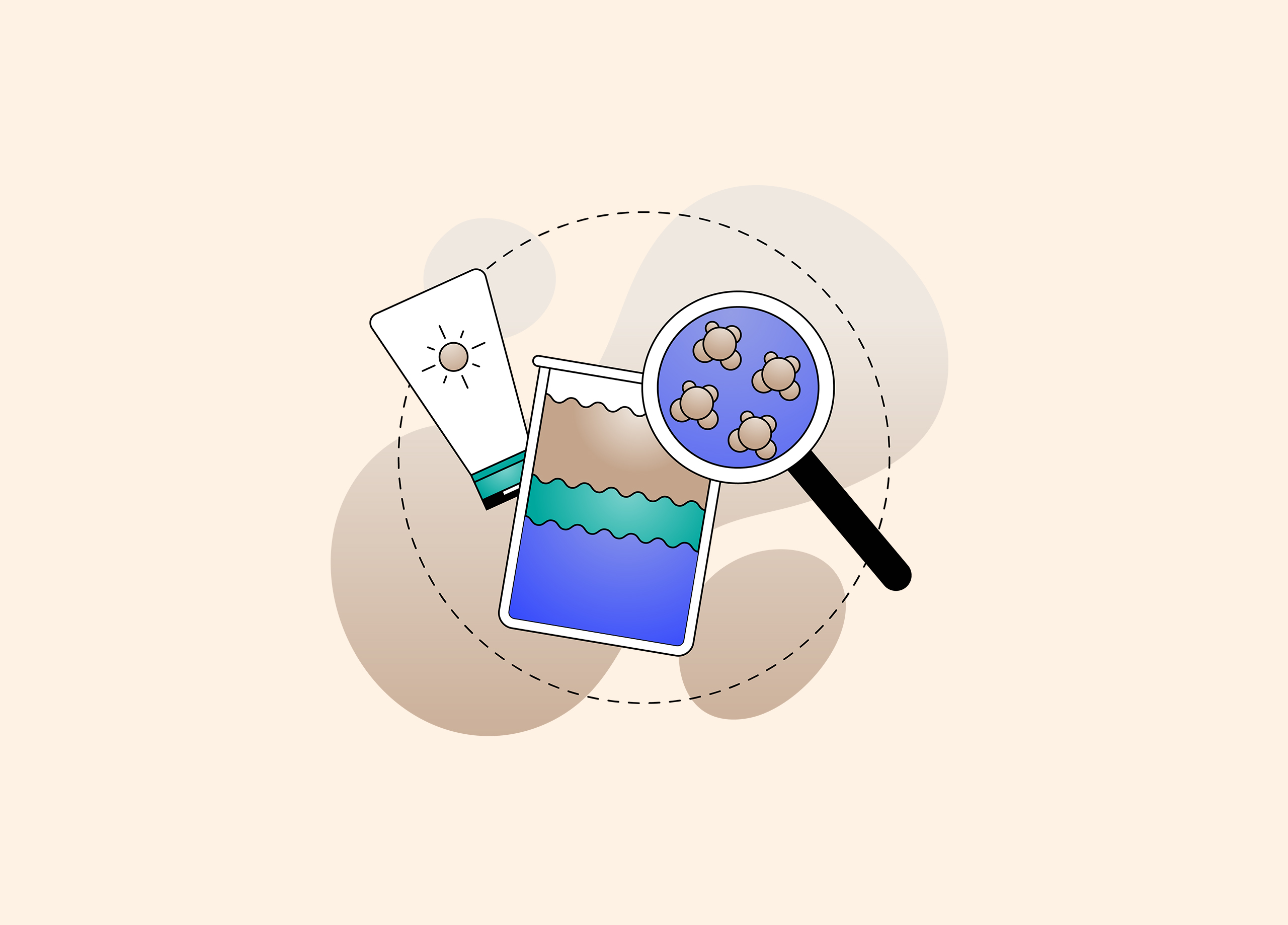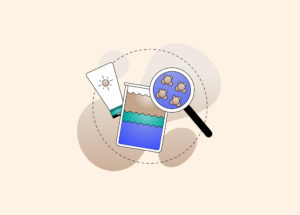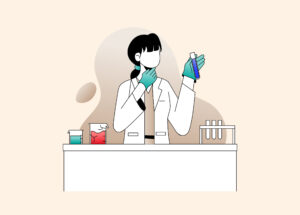Preservatives are essential in personal care and cosmetic products to prevent microbial growth, extend shelf life, and protect consumer safety. Yet few formulation topics are more misunderstood—or more controversial. From consumer pressure to go “preservative-free” to regulatory changes and misinformation, it’s no wonder formulators often struggle to strike the right balance.
This article explores the most common preservatives used in the industry, highlighting natural and synthetic options, along with tips for choosing the right system for your formula.
Why Preservatives Matter
Personal care products, especially those with water, are prime environments for bacteria, mold, and yeast. Without preservatives, a facial toner, cream, or body wash could become contaminated within days, posing serious health risks.
Preservatives not only protect the formula but also guard the brand. A single contamination incident can damage consumer trust and lead to costly recalls.
Common Synthetic Preservatives
Synthetic preservatives are often highly effective, broad-spectrum, and have long-standing safety records. However, some are under scrutiny due to regulatory pressure or consumer perception.
1. Phenoxyethanol
- Effective against bacteria and yeast
- Widely used in concentrations up to 1%
- Often paired with ethylhexylglycerin
2. Parabens (e.g., Methylparaben, Propylparaben)
- Very effective and inexpensive
- Long history of safe use, but controversial due to unproven hormone disruption claims
3. DMDM Hydantoin, Imidazolidinyl Urea
- Formaldehyde donors
- Effective but increasingly avoided due to consumer concern
4. Chlorphenesin
- Good anti-bacterial, often used in sensitive formulas
5. Diazolidinyl Urea
- Strong antimicrobial but falls under formaldehyde-releasing category
6. Methylisothiazolinone (MI) / Methylchloroisothiazolinone (MCI)
- Very effective but banned or restricted in leave-on products in many regions due to sensitization concerns
Popular Natural/Alternative Preservatives
Natural preservative systems have grown in popularity, particularly among clean beauty brands. These options are often blends of naturally-derived ingredients, organic acids, and multifunctional additives.
1. Leuconostoc/Radish Root Ferment Filtrate
- Fermented from radish by lactic acid bacteria
- Mild and moisturizing; often used in sensitive skin formulas
2. Gluconolactone + Sodium Benzoate
- Offers broad-spectrum protection in lower pH products (below 6)
- Accepted in natural formulations
3. Caprylyl Glycol, Ethylhexylglycerin, and Glyceryl Caprylate
- Humectants and skin conditioners that also inhibit microbial growth
- Often used in combination for synergistic effect
4. Potassium Sorbate and Sodium Benzoate
- Food-grade preservatives
- Must be pH-adjusted to be effective
5. Benzyl Alcohol + Dehydroacetic Acid
- Broad-spectrum and EcoCert approved
- Widely used in natural and organic products
6. Silver Citrate
- Emerging option in natural formulations; offers antimicrobial properties but requires stabilization
Natural Doesn’t Always Mean Safer
It’s a myth that natural preservatives are inherently safer. Many are pH-dependent, less broad-spectrum, or prone to destabilizing formulas. Additionally, they may require higher use levels or more frequent microbial testing.
CM Studio helps navigate this by modeling preservative efficacy, highlighting interactions with emulsifiers or surfactants, and simulating shelf-life scenarios across temperature and humidity conditions.
Choosing the Right Preservative System
When deciding on a preservative, consider:
- Formula pH: Many natural systems are only effective below pH 6
- Product Type: Leave-on vs. rinse-off, facial vs. body
- Regulatory Compliance: EU, ASEAN, and FDA each have unique rules
- Brand Philosophy: “Clean,” “natural,” or “conventional”
- Packaging: Airless systems can support lower preservative loads
Combining multiple preservatives (a hurdle system) often offers better protection while staying within regulatory limits. CM Studio+ enables formulators to build and validate these systems easily.
Final Thoughts
Preservatives aren’t optional, they’re a necessity for safe, effective products. The challenge lies in finding a balance between efficacy, safety, consumer acceptance, and regulatory compliance. With the right tools, including CM Studio’s AI-enabled formulation and compliance engine, choosing and validating a preservative system becomes far less daunting.
Whether your brand leans synthetic or natural, there are smart, effective options to keep your products stable, safe, and shelf-ready.





